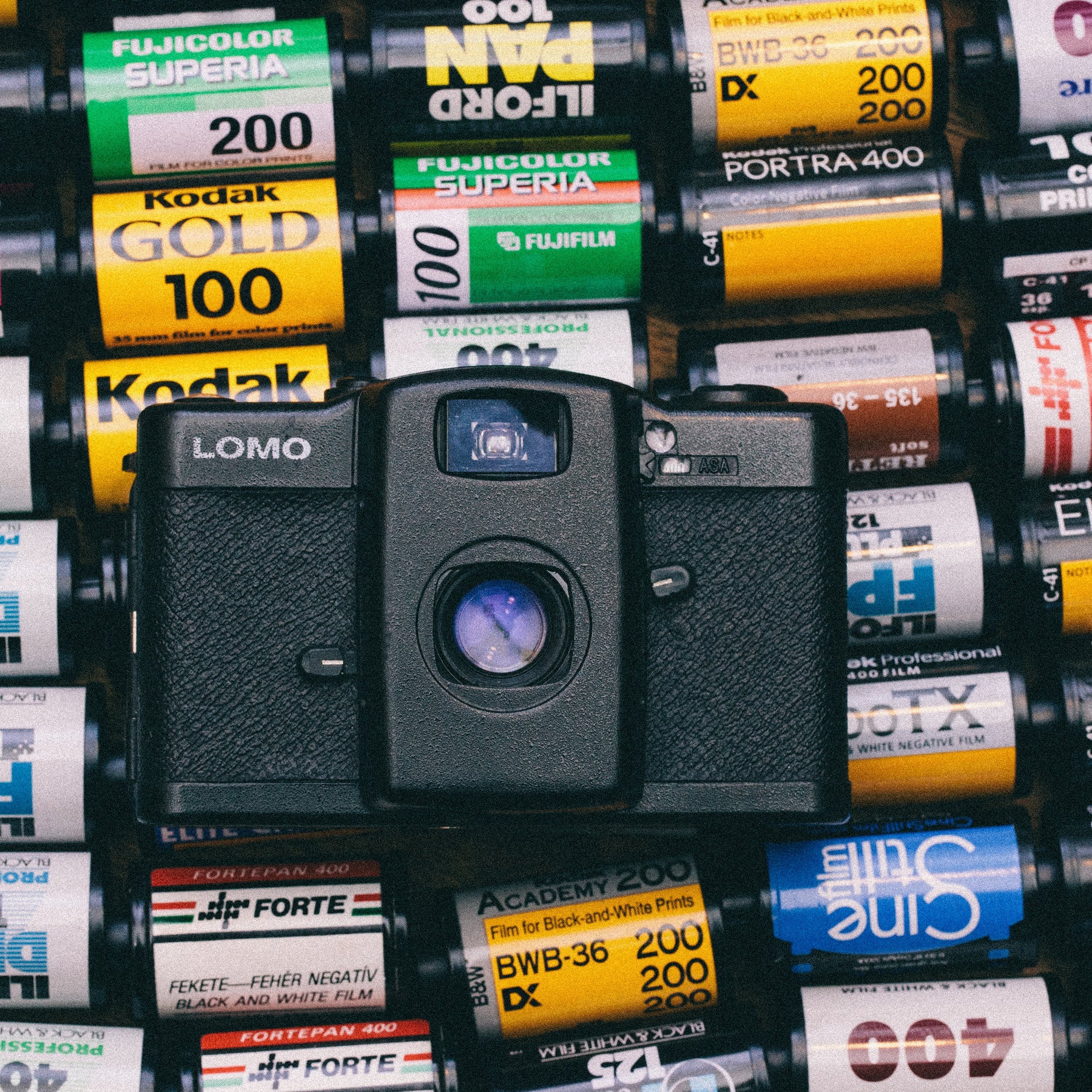
Traveling With Lithium Batteries: Why It’s Annoying to Photographers
New Airline Regulations for Batteries: Why It’s Annoying to Photographers
The latest baggage regulations for batteries by airline operators are especially annoying to photographers and film-makers since batteries are essential tools in our crafts. It is unimaginable for any photographer to go out on the field without carrying additional batteries as backups in case of eventualities. This is why when I was updated about the new batteries regulations; I felt I should share the information with you so as to save you from the unnecessary delay and headache that might arise with you arrive at the airport unaware of these regulations.

Although the regulations vary from airline to airline depending on locations, it is important to always confirm what is applicable in each instance with your airline before leaving your home or office for the airport. This will save you a lot of troubles that go with repackaging your luggage in an unfamiliar area. Let’s consider some of these regulations to see how you can manage the rules to achieve your professional objectives.
Why the New Rule?
The issues of safety and security have increasingly become of greater concerns to airline operators especially with the problems that may arise when naked batteries come in contact. The regulations may be some forms of precautions against battery leakage or explosion. Of course, it is better to be on a safer side. The rule simply implores you to package your battery in some specific ways that guarantee safety. So, if your batteries are installed on devices, your luggage may be checked-in as usual. However, batteries that are left on their own without properly packed are not allowed on the flights.
About Carrying Lithium-ion Battery Cells When Travelling
The rule allows you to travel with lithium-ion battery cells, but you may be restricted to certain specifications. Lithium-ion battery cells are packaged in a hard plastic case, which makes them safe and easy to carry. They come in 4 types of Watt Hours, which include: 95Wh, 130Wh, 160Wh, and 190Wh. For International flights, to be safe, only 95Wh batteries are allowed to be carried on all airlines in check-in luggage as well as carry-on. Within the US, the TSA allows passengers to carry batteries with up to 160Wh capacity to be carried in carry-on luggage. Carry on all Lithium batteries regardless of size. You may carry on an unlimited number of batteries less than 100Wh, in a protected case/pouch to prevent short circuit of terminals. Two batteries of 160Wh or less installed on or in equipment, may (check with airlines) be permissible as long as the total weight is less than 11 Lbs. NO SPARE BATTERIES IN CHECKED BAGGAGE. Batteries larger than 100Wh batteries (up to 160Wh) are limited to only 2 per person, carried on. (once again, check with your airline!)
Depending on the airline and your destination, others may not be allowed in either check-in or carry on. It is important for photographers and film crews to understand this rule since they will often travel the world for different films or photo shoots.

This gives them important updates on what gear they can travel with. You should know that airlines and airports reserved the right to make these rules in order to safeguard their business as well as guarantee their customers’ safety. So, if you must use their services, you must be ready to adhere to their rules and regulations.
Conclusion
Given the changing dynamics of our world and the increasing activities of terrorists, airlines will continue to make new rules and regulations that may be annoying to photographers. As you’re aware already, most of our gear can easily be misconstrued as a threat to other travelers. So, it is important that you always stay abreast of latest information concerning traveling regulations for photographers so you can save yourself from avoidable troubles when next you’re flying.

Leave a comment